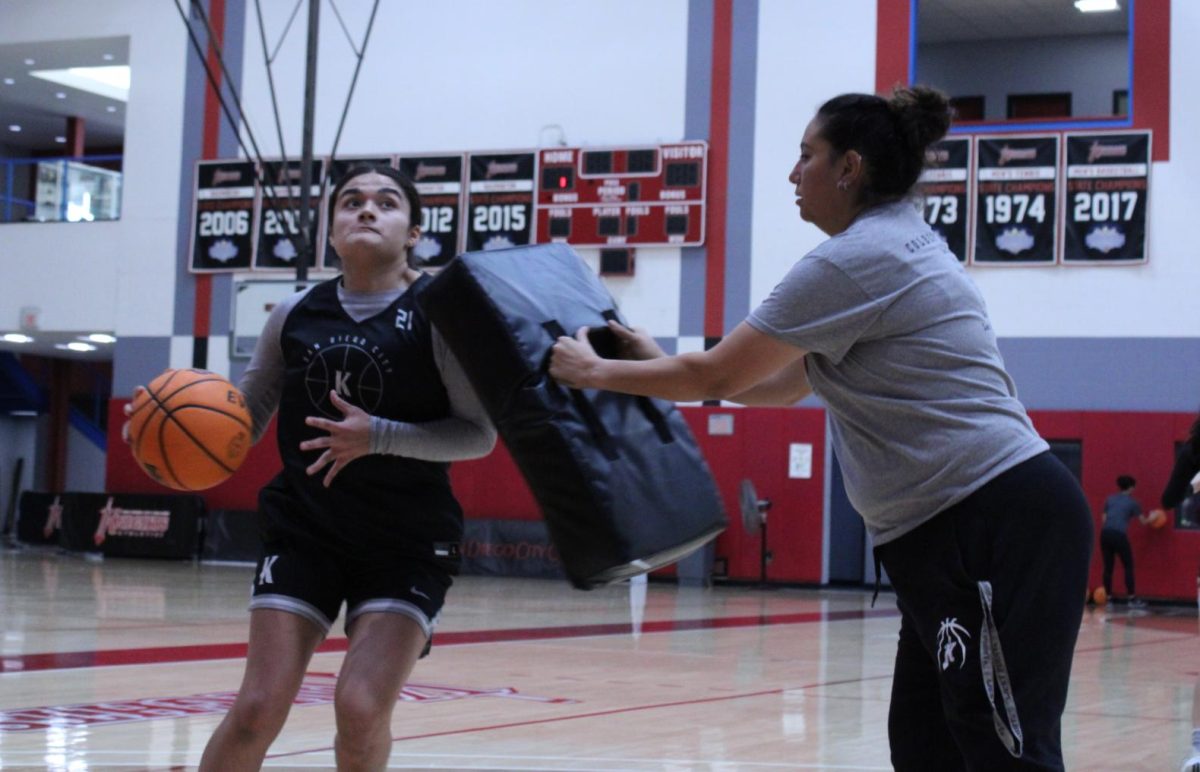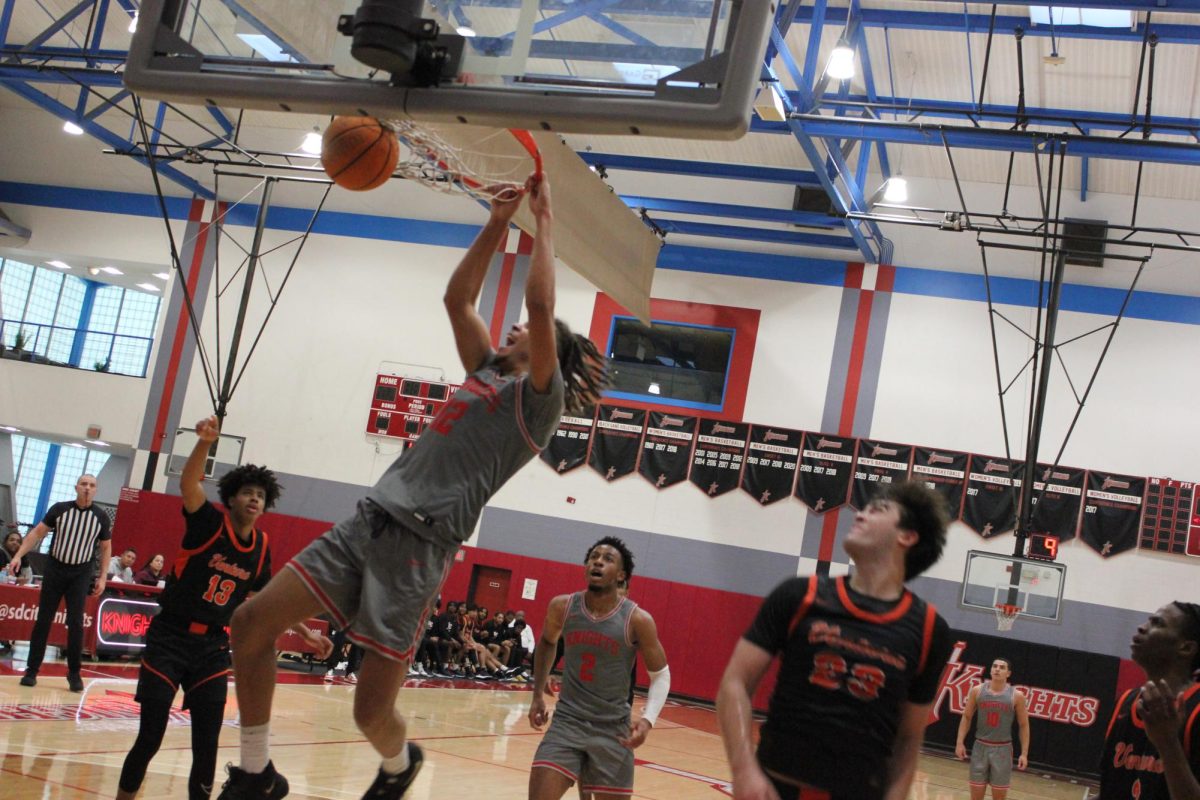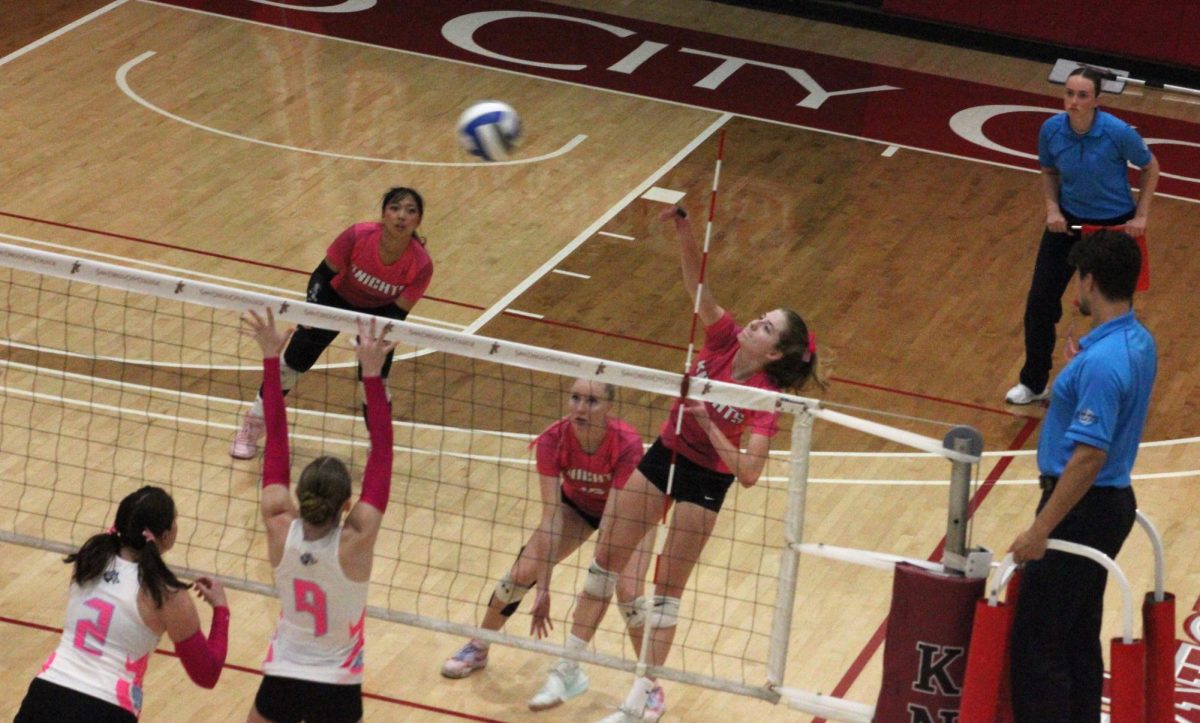Do you have an adventurous streak and would like to try something new? If you’re up for a challenge then try indoor rock climbing (also known as free climbing). It’s a fun alternative sport and is a great work out.
Indoor rock climbing takes upper body strength, but for total momentum one must utilize the lower half of the body and propel oneself up with the legs. This enables a person to not get as tired and makes it a better total body workout as well.
Here is what you’ll need to get started, first the shoes. The shoes have a rubber sole on the bottom for better friction and usually fit a bit snug to prevent the foot from sliding around in the shoe so one has a better grip on the rock. It might be a little uncomfortable at first, but you’ll get used to it. Another thing you’ll need is the harness which is fastened around your hips and thighs. If you are the person spotting the climber then you will use a belay device. This is attached to a carabiner that is attached to the harness. The belay device allows the climber to have tension from the rope as that person climbs and allows the spotter to brake in case the climber slips off a hold. Many indoor gyms have this gear and the rope provided that can be rented for a small fee.
There are a few indoor climbing techniques: bouldering, top roping, and lead climbing. Bouldering does not require a safety harness and can be easily done by the novice climber. Top roping is where the rope holds the climber at the top and the spotter (this person is called the belay partner) is standing fixed on the floor. Lead climbing is where the climber clips the rope to the rock at various points of the climb. Lead climbing is much more difficult and is done by more experienced climbers.
Before you climb there are necessary safety checks that need to be done. Your harness should fit well around your hips and the straps need to be double backed (put through the loop twice). Then the figure eight knot that the climber makes needs to be secure. The belay partner also needs to make sure that the carabiner is locked. This is just a short synopsis of what safety checks need to take place, but there are short training sessions that new climbers can take at any indoor gym that go into more detail.
Next the fun part..the climb! The routes are done by color and the grading of difficulty ranges from 5.0 to 5.15. This way one can climb up routes at their own pace and looking at the colored route he she will take will get the climber ready to go!
The closest climbing wall to City College is the Bodyworks Gym on 7th st . If you have a membership the wall is free (they have a student discount where its $99 for an enrollment fee and $39 a month). Another indoor rock climbing gym is Vertical Hold on 9580 Distribution Ave. San Diego, California 92121.
Climbing is easy and builds more than physical strength; it builds confidence. It’s similar to the problems that we experience in life; we see the long journey ahead of us and it looks a bit intimidating, but with effort you can make it to the top.
(Rosemarie Davis is a City Times staff writer)







